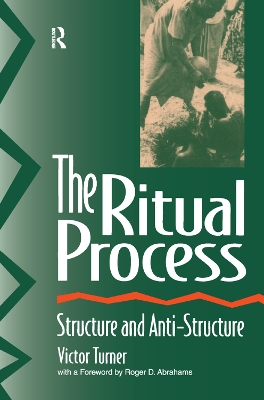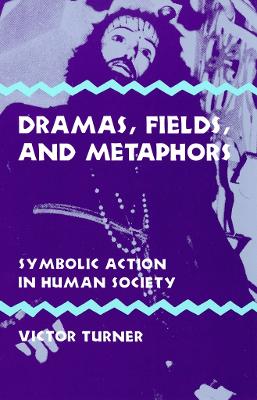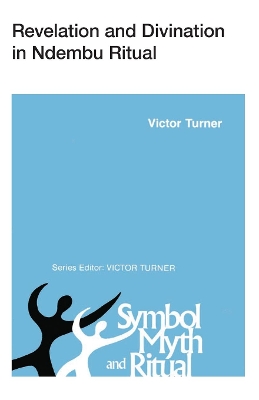Symbol, Myth and Ritual
3 total works
In The Ritual Process: Structure and Anti-Structure, Victor Turner examines rituals of the Ndembu in Zambia and develops his now-famous concept of "Communitas." He characterizes it as an absolute inter-human relation beyond any form of structure.
The Ritual Process has acquired the status of a small classic since these lectures were first published in 1969. Turner demonstrates how the analysis of ritual behavior and symbolism may be used as a key to understanding social structure and processes. He extends Van Gennep's notion of the "liminal phase" of rites of passage to a more general level, and applies it to gain understanding of a wide range of social phenomena. Once thought to be the "vestigial" organs of social conservatism, rituals are now seen as arenas in which social change may emerge and be absorbed into social practice.
As Roger Abrahams writes in his foreword to the revised edition: "Turner argued from specific field data. His special eloquence resided in his ability to lay open a sub-Saharan African system of belief and practice in terms that took the reader beyond the exotic features of the group among whom he carried out his fieldwork, translating his experience into the terms of contemporary Western perceptions. Reflecting Turner's range of intellectual interests, the book emerged as exceptional and eccentric in many ways: yet it achieved its place within the intellectual world because it so successfully synthesized continental theory with the practices of ethnographic reports."
In this book, Victor Turner is concerned with various kinds of social actions and how they relate to, and come to acquire meaning through, metaphors and paradigms in their actors' minds; how in certain circumstances new forms, new metaphors, new paradigms are generated. To describe and clarify these processes, he ranges widely in history and geography: from ancient society through the medieval period to modern revolutions, and over India, Africa, Europe, China, and Meso-America.
Two chapters, which illustrate religious paradigms and political action, explore in detail the confrontation between Henry II and Thomas Becket and between Hidalgo, the Mexican liberator, and his former friends. Other essays deal with long-term religious processes, such as the Christian pilgrimage in Europe and the emergence of anti-caste movements in India. Finally, he directs his attention to other social phenomena such as transitional and marginal groups, hippies, and dissident religious sects, showing that in the very process of dying they give rise to new forms of social structure or revitalized versions of the old order.
Drawing on two and a half years of field work, Victor Turner offers two thorough ethnographic studies of Ndembu revelatory ritual and divinatory techniques, with running commentaries on symbolism by a variety of Ndembu informants. Although previously published, these essays have not been readily available since their appearance more than a dozen years ago. Striking a personal note in a new introductory chapter, Professor Turner acknowledges his indebtedness to Ndembu ritualists for alerting him to the theoretical relevance of symbolic action in understanding human societies. He believes that ritual symbols, like botanists' stains, enable us to detect and trace the movement of social processes and relationships that often lie below the level of direct observation.


